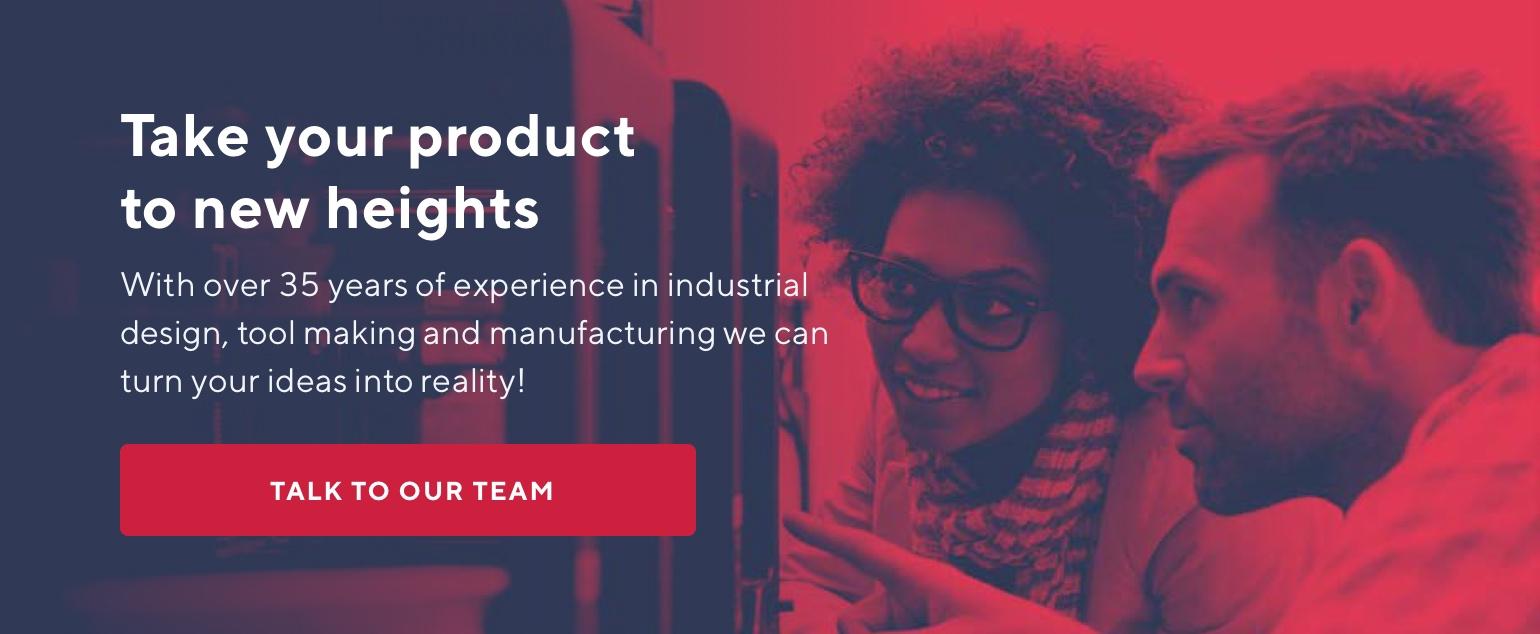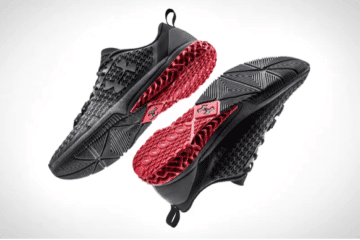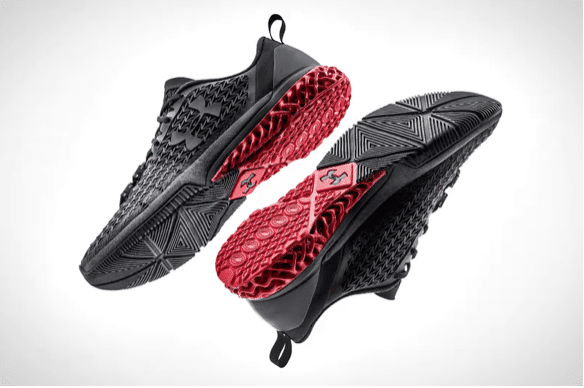
In industrial design, keeping up with the latest trends helps you to stay ahead of the competition and ensure that your products will be relevant and fresh for your customers.
No one has a future-predicting crystal ball, but time in industry does give you us insight into current industry trends. In this blog, we’re sharing our thoughts on the industrial design trends we expect to see in 2024.
Sustainable Design
Sustainability was a buzzword 15 years ago. Now it’s part of everything, and is increasingly so with each passing day. It is a fundamental consideration in industrial & product design, it’s a part of every design school in the world, and part of every parliamentary discussion. As we move closer to 2024, we can expect to see an even greater emphasis on sustainable design practices. Manufacturers and designers are increasingly incorporating eco-friendly materials, reducing waste, and optimising production processes to minimise their environmental impact.
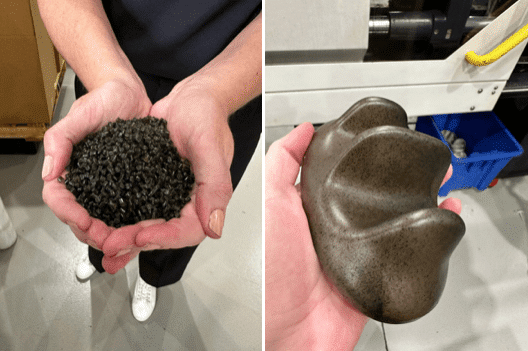
Recent developments by Kelpy – one step closer to bioplastic injection moulding (Source)
We’re seeing many people asking for compostable materials, recycled plastics, and for us to design their products to be recyclable. There are also many exciting developments in renewable bio-plastics, made from seaweed and other bio-materials. This trend reflects both consumer demand for eco-conscious products, a genuine commitment to a greener future, and also a dire need by the planet to take care of it given the increasing effects of climate change that we are seeing.
Minimalism and Simplicity
They say that stylistic preferences progress in a cycle. What was fashionable in the past is fashionable again today, and what is fashionable last year may be again fashionable in 20 years’ time. We see this in fashion a lot – with 70s-style fashion seeing a revolution again.

A ‘60s Bruan design (left) and a 2017 design by Light L16 (right), both featuring strong, bold shapes with soft edges, clean facades, and low colour contrast – typical of the current style
At the moment, we are increasingly seeing a resurgence of the 60s style minimalism. This is where the adage of less is more comes into play. Simplicity and minimalism are enduring trends that continue to gain momentum. Clean lines, uncluttered aesthetics, mono-tone colouring and a focus on essential functionality are key elements of this design approach. The only feature that we see will build onto this trend is using textures to generate interest without breaking the colours and clean aesthetics. In 2024, expect to see more products that prioritise user experience by eliminating unnecessary features and distractions.
Biophilic Design
Bringing elements of the natural world into our built environments has been a growing trend in recent years. Biophilic design, which incorporates nature-inspired patterns, materials, and aesthetics into industrial design, is expected to flourish in 2024. This is being greatly reinforced by developments in generative & parametric design in optimising products or parts for weight and strength. Often, the resulting structures end up having an organic form with webbed structures and curved edges throughout.
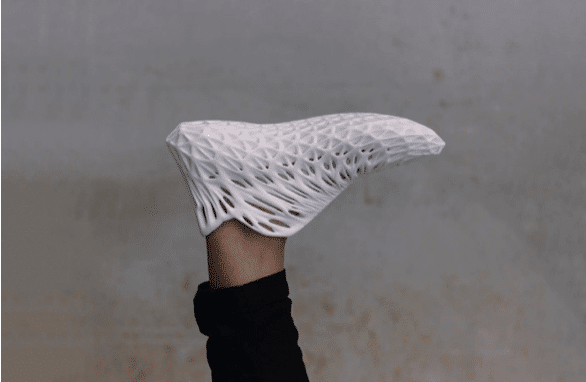
A now-typical example of parametric design that is aesthetically analogous to many existing structures in nature, such as spider webs or cell structures (Source: 3DShoes.com)
This trend not only enhances the visual appeal of products but also contributes to a sense of well-being, connection to the environment, whilst providing something novel and unseen in the commercial space.
Smart and Connected Products
This here is a low-hanging fruit and really is old news, but its relevance is ever-increasing. The rise of the Internet of Things (IoT) over the previous decades have transformed the way we interact with everyday objects. The difference now is that sensors are being incorporated into mediums previously unheard of such as textiles and paints, allowing for novel data being collected and used in different ways. Furthermore, the rise of artificial intelligence allows us to process this data faster and more effectively than ever before. For example, soft wearable health sensors are now used in smart socks in hospitals, allowing gait analysis and monitoring patient movement, with the data the processed by AI algorithms that then make recommendations by referencing the individuals medical history and trends across other users (1).
In the world of consumer electronics, prime examples are soil sensors such as Willow Plant Sensor and of course health sensors such as Fit Bit and the Apple Watch.
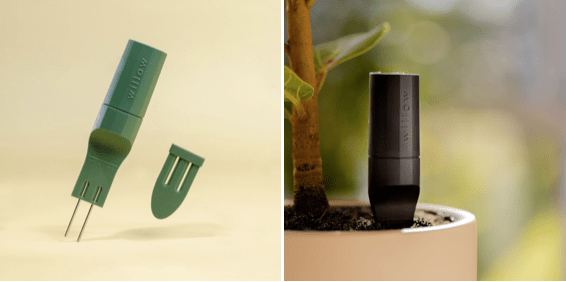
The Willow Soil Sensor, connecting to a phone app to provide detailed analyses on various soil parameters to advise plant care (Source: Willow)
In 2024, industrial designers will continue to explore ways to integrate smart technology seamlessly into products. From smart home appliances to wearable tech, the design challenge will be to create products that not only function intelligently but also maintain an elegant and user-friendly appearance.
3D Printing and Customisation
Advancements in 3D printing technology are constantly opening up exciting new possibilities for industrial designers. New materials are released every week, with new 3D printing processes seemingly being released every other week. It is truly a booming market.
3D printing is shaking up global supply chains, by offering a perfect medium for low to mid-volume manufacturing. For anywhere from one-off bespoke products to small production runs, 3D printing is the go-to nowadays, with the potential for high quality plastic and metal parts, although 3D-printed textiles, concrete, and even glass has been accomplished. Whilst for large production runs injection moulding is still king, 3D printing – and its ability for highly complex geometries, customisability, and fast product development on the go – is proving to be hugely popular in not only the start up space but also in high-end consumer brands that leverage the technology for low-volume limited production runs.

NORMAL’s earphone line features customisable ear lobes that are 3D-printed custom to each customer’s ear shape after analysing a picture of their ear. This is then paired with the rest of the earphone which is made with traditional mass-manufacturing methods. (Source: NORMAL)
3D printing can be used alongside other manufacturing methods such as injection moulding. For example, if a product has multiple parts and some of these parts may require changing often for different applications, then some parts may be injection moulded, with other parts being 3D printed and customised for the application and consumer.
In 2024, we can expect to see more customised products that cater to individual preferences. From personalised fashion items to bespoke home decor, 3D printing allows for greater flexibility and creativity in design.
Emotional Design
With the AI revolution posing risks to all creative pursuits, I can see the pendulum swinging in 2024 and the general public becoming savvy in gauging what is real and what feels off. Product design is about evoking emotions, delving into people’s minds, and touching people’s hearts. Industrial designers will learn increasingly how to leverage AI in the creative process, generating ideas to stimulate their creativity and optimise their workflows, and aid in product/market research to better understand their user. However, there will be a greater emphasis on synthesising these learnings with the human intuition and empathy that defines good design and begets products that tap into the minds and hearts of people.
Emotional design aims to create products that connect with users on a deeper level, eliciting feelings of joy, nostalgia, or comfort. Expect to see more products that tell compelling stories and evoke emotional responses in 2024.
Subscribe to Our Newsletter
Get the latest news from Dienamics into your inbox





